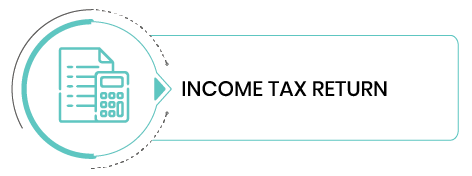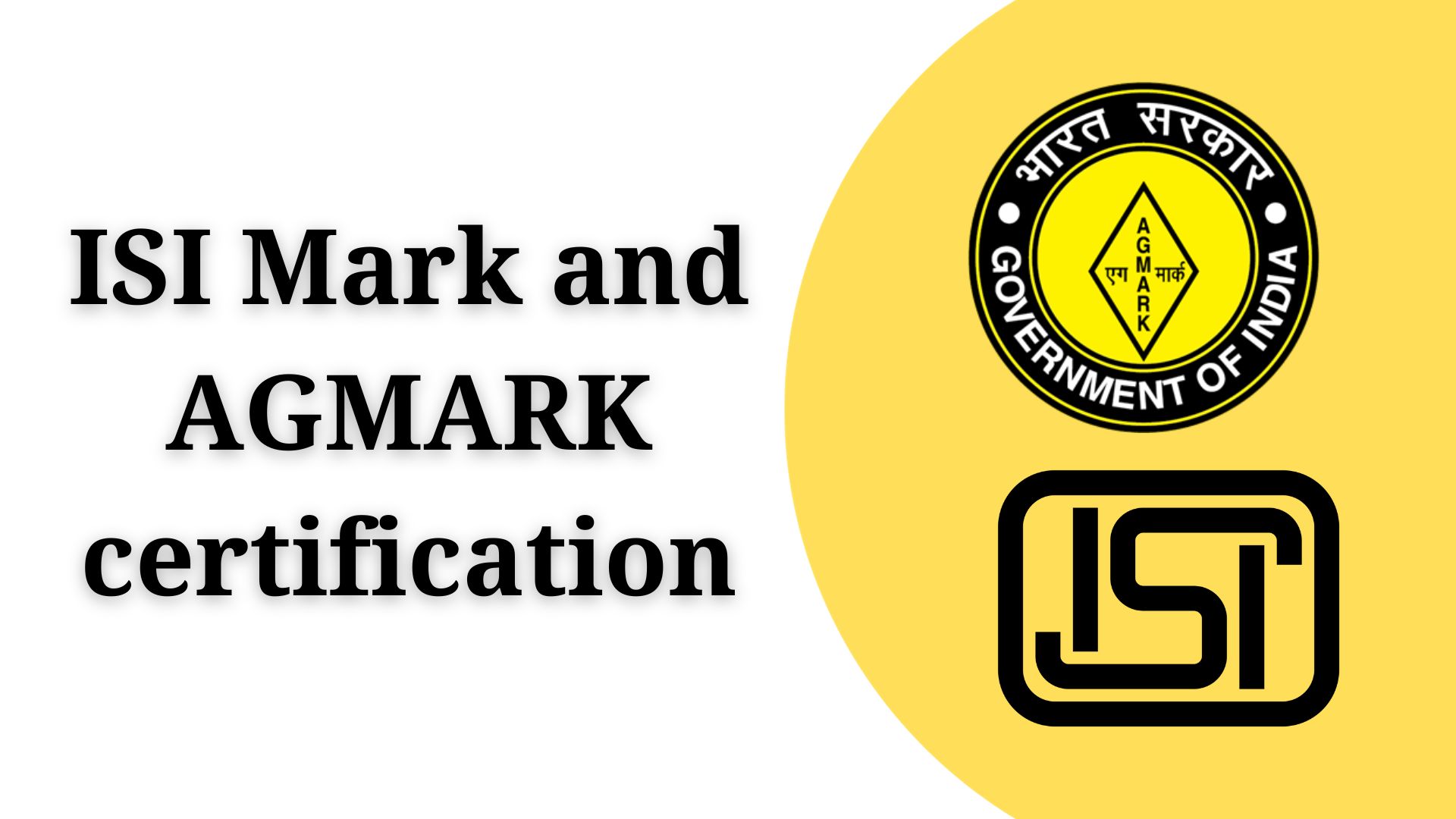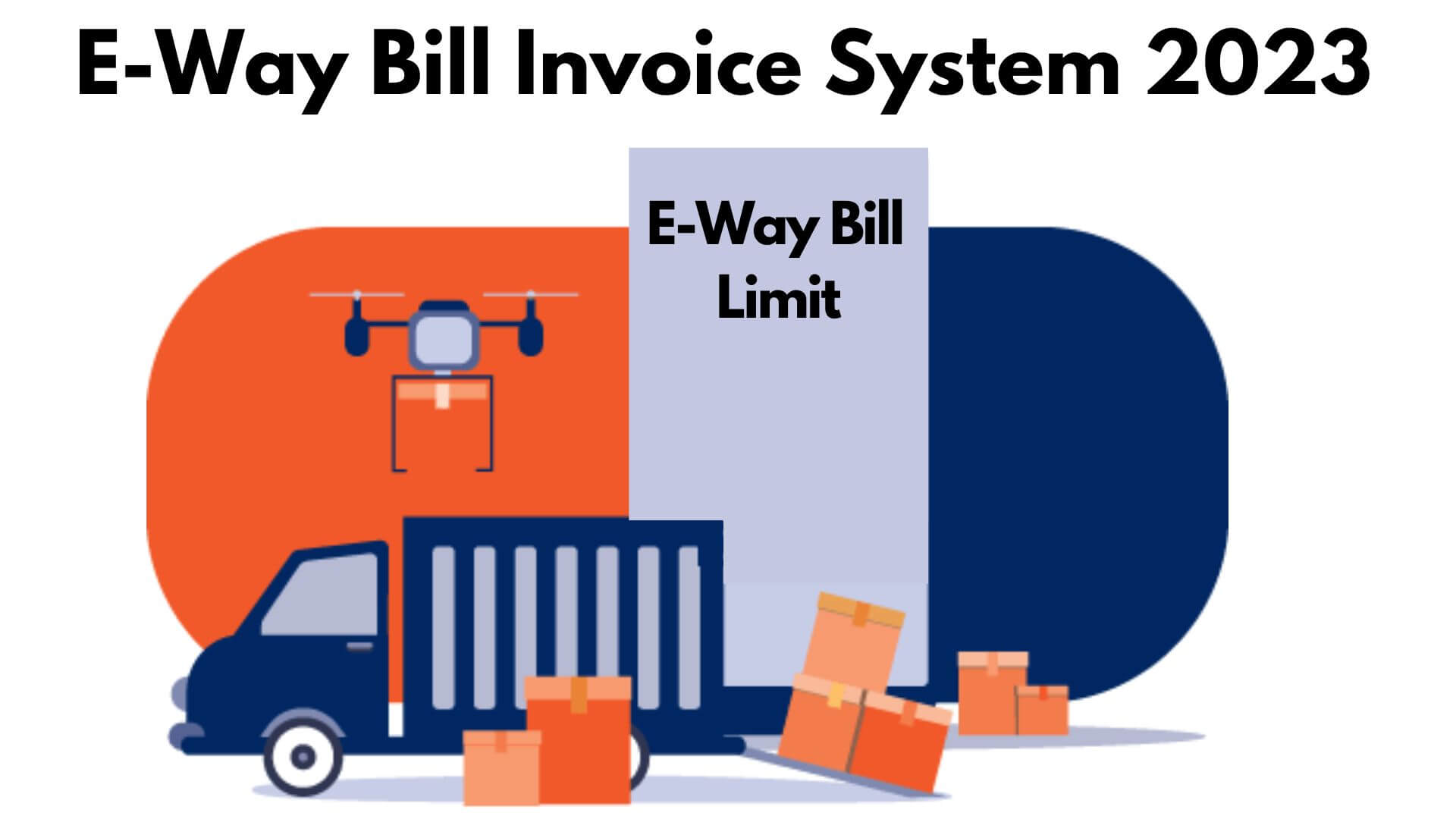Income Tax Filing in India
Let our tax experts handle tax-filing for you. Just update your documents. They will prepare and file your tax returns for you. It's that simple.
How to Start a Income Tax Return Filing in India
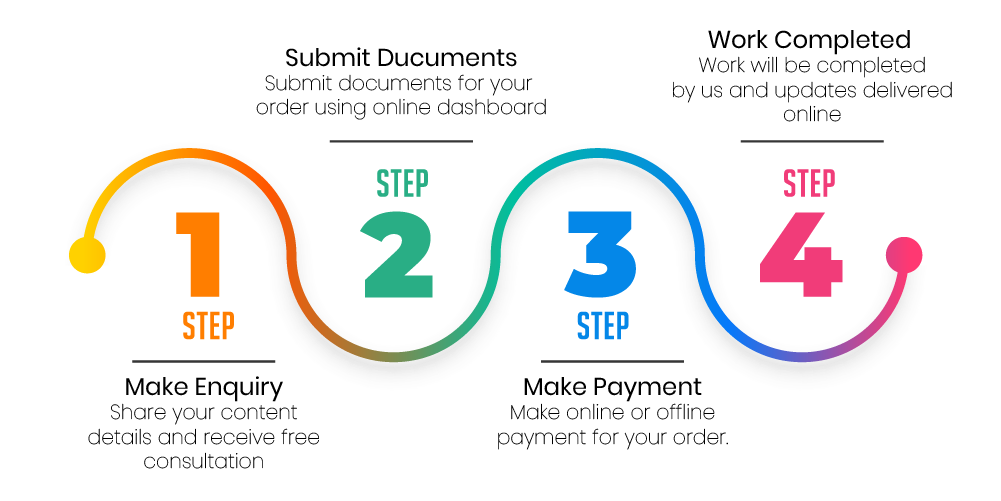
An Overview of Income Tax Return
An income tax return filing is a term that mostly everyone is aware of or we can say familiar with. If you have filed your taxes duly in the past, then you would have surely received a tax refund depending upon your financial submissions.
Section 237 to Section 245 of the Income Tax Act deals with the provisions relating to refund of tax. An income tax refund can be claimed when the taxpayer has paid taxes more than the actual tax liability. It could be in the form of advance tax, self-assessment tax, tax deducted at source, tax collected at source, or even foreign tax credit.
The Central Board of Direct Taxes has issued a notification for forms required for Income Tax Return (ITR) filing. Taxpayers can download ITR forms SAHAJ ITR-1, ITR-2, ITR-3, SUGAM ITR4, ITR-5, and ITR-6.
India's Income Tax Laws are framed by the Government The Government imposes a tax on taxable income of all persons who are individuals, Hindu Undivided Families (HUF's), companies, firms, LLP, association of persons, body of individuals, local authority and any other artificial juridical person. According to these laws, levy of tax on a person depends upon his residential status. Every individual who qualifies as a resident of India is required to pay tax on his or her global income. Every financial year, taxpayers have to follow certain rules while filing their Income Tax Returns (ITRs).
Who Are Bound to File Income Return in India?
According to the Income Tax Act, income tax has to be paid only by individuals or businesses who fall within certain income brackets. Below we have mentioned some entities or businesses that are required to compulsorily file their ITRs in India:
-
All individuals, up to the age of 59, whose total income for a financial year exceeds Rs 2.5 lakh. For senior citizens (aged 60-79), the limit increases to Rs. 3 lakh and for super senior citizens (aged 80 and above) the limit is Rs. 5 lakhs. It is important to note that the income amount should be calculated before factoring in the deductions allowed under Sections 80C to 80U and other exemptions under section 10.
-
All registered companies that generate great income, regardless of whether they’ve made any profit or not through the year, they are bound to file income tax.
-
Those who wish to claim a refund on the excess tax deducted/income tax they’ve paid.
-
Individuals who have assets or financial interests entities that are located outside India.
-
Foreign companies that enjoy treaty benefits on transactions made in India
-
NRIs who earn or accrue more than Rs. 2.5 lakh in India in a single financial year.
Documents Required to File Income Tax Return
It is important to have all the relevant documents with us before we start the e-filing process.
-
Post Office and Bank savings account passbook, PPF account passbook
-
Salary slips
-
Aadhar Card, PAN Card.
-
Form-16 TDS certificate issued to you by your employer to provide details of the salary paid to you and TDS deducted on it, if any
-
Interest certificates from banks and post office
-
Form-16A if TDS is deducted on payments other than salaries such as interest received from fixed deposits, recurring deposits etc. over the specified limits as per the current tax laws
-
Form-16B from the buyer if you have sold a property, showing the TDS deducted on the amount paid to you
-
Form-16C from your tenant, for providing the details of TDS deducted on the rent received by you, if any
-
Form 26AS your consolidated annual tax statement. It has all the information about the taxes deposited against your PAN
-
TDS deducted by your employer
-
TDS deducted by banks
-
TDS deducted by any other organisations from payments made to you
-
Advance taxes deposited by you
-
Self-assessment taxes paid by you
-
Tax saving investment proofs
-
Proofs to claim deductions under section 80D to 80U (health insurance premium for self and family, interest on education loan)
-
Home loan statement from bank
Types of Income Tax Return
The official website of the Income Tax Department lists several forms that taxpayers may be required to fill up based on their income. While some of these forms are easy to fill, others require additional disclosures such as your profit and loss statements. To help you better understand the forms available, here's a quick guide:
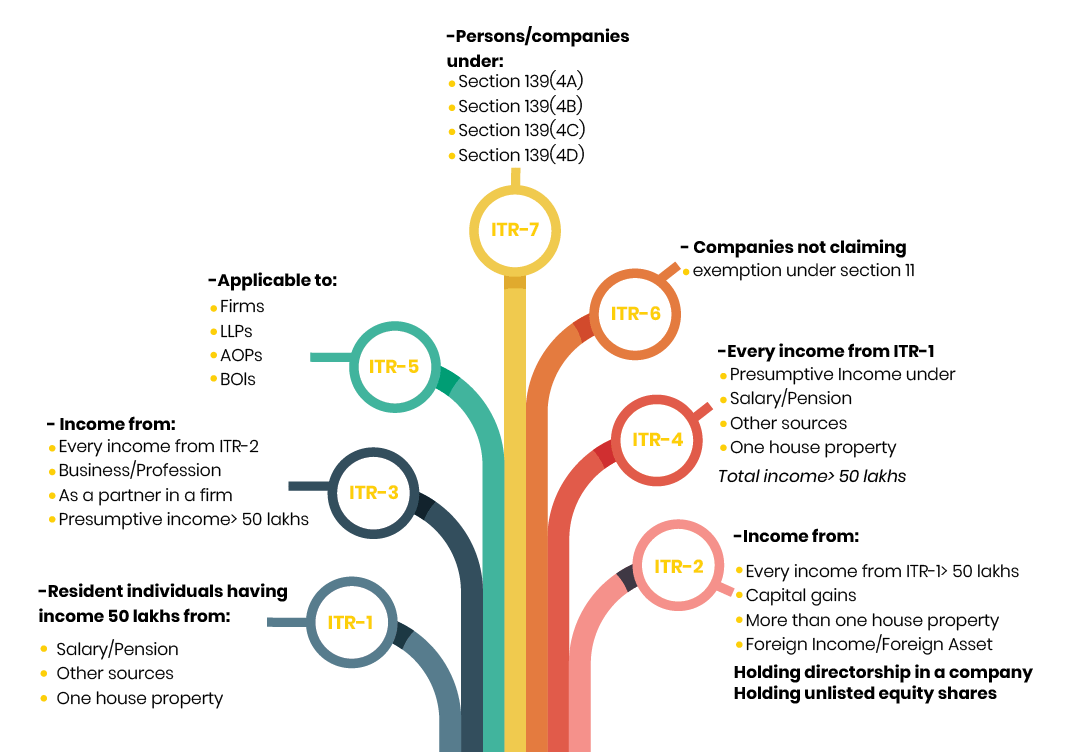
| ITR Form | Applicable to | Salary | House Property | Business Income | Capital Gains | Other Sources | Exempt Income | Lottery Income | Foreign Assets/Foreign Income | Carry Forward Loss |
|---|---|---|---|---|---|---|---|---|---|---|
| ITR-1 / Sahaj | Individual, HUF (Residents) | Yes | Yes(One House Property) | No | No | Yes | Yes (Agricultural Income less than Rs 5,000) | No | No | No |
| ITR-2 | Individual, HUF | Yes | Yes | No | No | Yes | Yes | Yes | Yes | Yes |
| ITR-3 | Individual or HUF, partner in a Firm | Yes | Yes | Yes | Yes | Yes | Yes | Yes | Yes | Yes |
| ITR-4 | Individual, HUF, Firm | Yes | Yes (One House Property) | Presumptive Business Income | No | Yes | Yes (Agricultural Income less than Rs 5,000) | No | No | No |
| ITR-5 | Partnership Firm/ LLP | No | Yes | Yes | Yes | Yes | Yes | Yes | Yes | Yes |
| ITR-6 | Company | No | Yes | Yes | Yes | Yes | Yes | Yes | Yes | Yes |
| ITR-7 | Trust | No | Yes | Yes | Yes | Yes | Yes | Yes | Yes | Yes |
How to Login or Register on the E-filing Portal
Step 1: Visit the e-filing website https://www.incometax.gov.in/iec/foportal
Step 2: Register or Login to e-file your returns
- In case you have registered yourself on the portal earlier, click on the ‘Login’ Here’ button.
- In case you have not registered yourself on the portal, click on the ‘Register’ Yourself’ button.
Step 3: Click on ‘Taxpayer’ and then enter the details of your PAN and click on ‘validate’. Next, click on ‘Continue’.
Step 4: Provide details such as your name, address, gender, residential status, date of birth, etc.
Step 5: Provide your Email ID and registered mobile number.
Step 6: Once the form has been filled up, click on ‘Continue’.
Step 7: You will have to verify the details following which a 6-digit One Time Password (OTP) will be sent to your registered mobile number and Email address.
Step 8: Enter the OTP follow the instructions given to complete the registration process successfully.
Step 9: Once the OTP has been verified, a new window will open where you will have to verify the details provided by you. In case any detail given is incorrect, you can change it, following which another OTP will be sent to validate the change.
Step 10: The final step will be set up a password and secure login message.
Step 11: Click on ‘Register’ following which you will receive an acknowledgment message stating that the registration process has been completed successfully.
A Step by Step Guide on How to E-file Income Tax Returns on the Portal
Calculate your income tax liability as per the provisions of the income tax laws.
Use your Form 26AS to summarise your TDS payment for all the 4 quarters of the assessment year.
On the basis of the definition provided by the Income Tax Department (ITD) for each ITR form, determine the category that you fall under and choose an ITR form accordingly.
Follow the steps mentioned below to e-file your income tax returns using the Income tax e filing portal:
Step 1: Visit the official Income Tax e-filing website and Click on the ‘Login’ button.

Step 2: Next, Enter Username then Click continue and After enter your Password.

Step 3: Once you have logged into the portal, click on the tab ‘e-file’ and then click on ‘File Income Tax Return’.

Step 4: Select the Assessment year for which you wish to file your income tax returns and click on ‘Continue’.

Step 5: You will then be asked whether you wish to file your returns online or offline. In this case you need to choose the former which is also the recommended mode of tax filing.

Step 6: Choose whether you wish to file your income tax returns as an individual, Hindu Undivided Family (HUF), or others. Choose the option ‘individual’.

Step 7: Choose the income tax returns (ITR) you wish to file. For example, ITR 2 can be filed by individuals and HUFs who don’t have income from business or profession. Similarly, in case of an individual, they can choose the option ITR1 or ITR4. Here you will have to click ‘Proceed with ITR1’.

Step 8: The next step will ask you the reason for filing your returns above the basic exempted limit or because of the seventh provision under Section 139(1). According to the section, if the aggregate amount deposited by an individual exceeds Rs.1 crore in one or more current accounts during the year, exceeds Rs.2 lakh on a foreign trip, or if a payment of more than Rs.1 lakh is paid on electricity bills, then the person can file their income tax returns. Make sure you choose the right option.

Step 9: Fill in the details of your bank account. If you have already provided the details of your bank account, then pre-validate it.

Step 10: You will then be directed to a new page to file your income tax returns. The page will contain a lot of information filled already. Check them make sure all the details mentioned are correct. Confirm the summary of your returns and validate it.
Step 11: The final step is to verify your returns and send a hard copy of it to the Income Tax Department. The verification process is mandatory.
Guide on How to File ITR Offline for Super Senior Citizens
Super senior citizens (individuals who are 80 years old and above) are given the option to file ITR offline during the financial year. Another instance where the ITR can be filed offline is if an individual or HUF has an income of less than Rs.5 lakh and is not entitled to receive a refund.
The step-by-step procedure to file returns offline is mentioned below:
- Individuals must request for a Form 16.
- Next, you will need to submit the ITR returns in the paper form at the Income Tax Department.
- Once the form has been submitted, you will receive an acknowledgement slip from the Income Tax Department.
Benefits of Filing Income Tax Return
-
QUICK PROCESSING: The acknowledgment of Income Tax Return (ITR) is quick. More importantly, refunds, if any, are processed faster than paper-filed returns.
-
ACCURACY: E-filing software with built-in validations and electronic connectivity is seamless and minimises errors considerably. Paper-filing can be prone to errors. Also, when any paper-based form is migrated to the electronic system, there is a possibility of human error in data entry.
-
CONVENIENCE: No time and place constraint in filing online. E-filing is available 24/7 and you can file anytime, anywhere at your convenience.
-
CONFIDENTIALITY: Better security than paper filings since your data is not accessible to anyone either by design or by chance. With paper filings details of your income can fall in the wrong hands at your chartered accountant’s office or in the income tax department’s office.
-
ACCESSIBILITY TO PREVIOUS DATA: you can easily access past data while filing returns. Most e-filing applications store data in a secure manner and allow for easy access at the time of filing subsequent returns.
-
RECEIPT PROOF: you get prompt confirmation of filing, both at the time of filing and subsequently, via email on your registered email id.
-
EASE OF USE: E-filing is friendly and the detailed instructions make it easy even for individuals not very conversant with the internet.
-
ELECTRONIC BANKING: Convenience of direct deposit for refund and direct debit for tax payments. You have the option to file now, pay later - decide what day to debit your bank account for tax payment, among other convenience features.
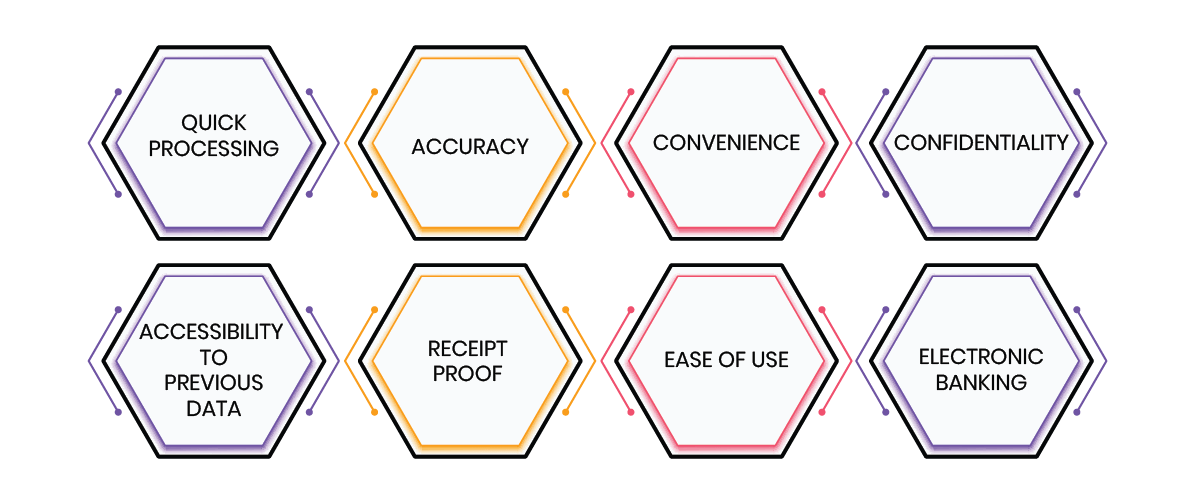
Why Choose Legaltax?
-
We provide proper legal assistance.
-
Our experts do all the process with proper strategy and quickly.
-
They will help you understand everything easily.
-
We are ready to go that extra mile to help businesses achieve their goal.We provide our best services to our customers always and ready to resolve any kind of issues related to ITR process.
FAQ's
Section 237 to Section 245 of the Income Tax Act deals with the provisions relating to refund of tax. An income tax refund can be claimed when the taxpayer has paid taxes more than the actual tax liability. It could be in the form of advance tax, self-assessment tax, tax deducted at source, tax collected at source, or even foreign tax credit.
The Central Board of Direct Taxes has issued a notification for forms required for Income Tax Return (ITR) filing. Taxpayers can download ITR forms SAHAJ ITR-1, ITR-2, ITR-3, SUGAM ITR4, ITR-5, and ITR-6.
India's Income Tax Laws are framed by the Government The Government imposes a tax on taxable income of all persons who are individuals, Hindu Undivided Families (HUF's), companies, firms, LLP, association of persons, body of individuals, local authority and any other artificial juridical person. According to these laws, levy of tax on a person depends upon his residential status. Every individual who qualifies as a resident of India is required to pay tax on his or her global income. Every financial year, taxpayers have to follow certain rules while filing their Income Tax Returns (ITRs).
-
Association of Persons (AOP)
-
Local Authority
-
Artificial Juridical Person
-
Hindu Undivided Family (HUF)
-
Hindu Undivided Family (HUF)
-
Political Party
-
Company
-
Firm
If an Individual/HUF is having income as a partner of a partnership firm that is carrying out business/profession, he cannot file ITR-3. In such a case, he is required to file ITR 2.
You can pay by either cash/cheque in any designated bank branch or online on the NSDL website.
All the business entities (Company, LLP,Firm) must file ITR even if their total income or tax payable is zero.
- Sole Proprietors
- The ITR filing is compulsory for 'Partnerships Firm', 'Sole Proprietorship Firm', 'Companies', and 'LLPs' irrespective of their turnover, income, profit or loss
- Individuals (Resident of India & NRI's) – Necessary for people surpassing the prescribed income limit.
- LLPs and Partnership Firm
- Companies
- Claim refund of TDS paid from salary
- Loan processing and high risk cover
- Define financial worth
- Allows carry forward of losses
- Carry-forward losses
- Easy loans approval
- Establishing income in compensation cases
- Quick visa processing
- Income & address proof
- Claim tax refund
- Avoid penalty
- Collect required documents such as TDS certificates, capital gains statement
- Download and check form 26AS
- Rectify the errors in form 26AS, if any
- Rectify the errors in form 26AS, if any
- Rectify the errors in form 26AS, if any
- Rectify the errors in form 26AS, if any
- File income tax return after all taxes are paid
- Verification of ITR
- E-verification acknowledgement
- IT department will process return after verification
- Bank account statement
- Entities PAN card
- Investment/ expenses u/s 80
- PAN card
- Form 16
- Aadhar card
- Financial statement
- Cancelled cheque

Fill Up Application Form

Make Online Payment

Executive will Process Application

Get Confirmation on Mail
What Our Clients Say
associated with













